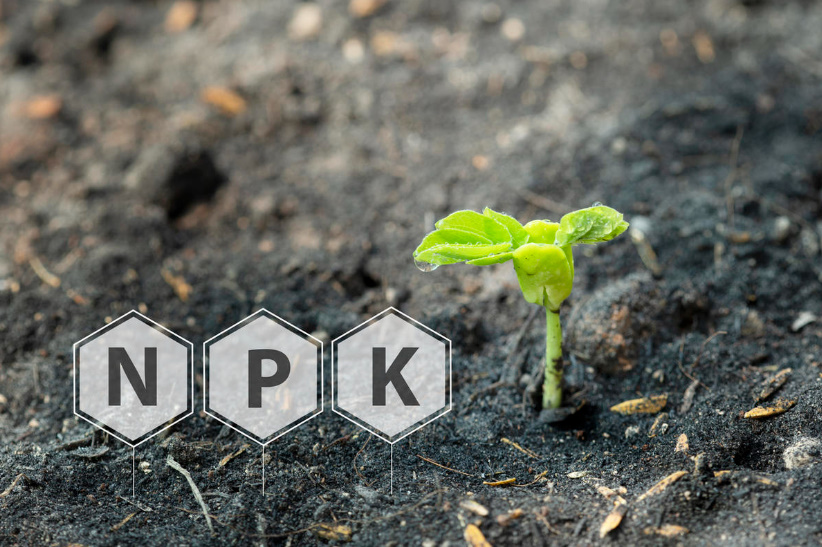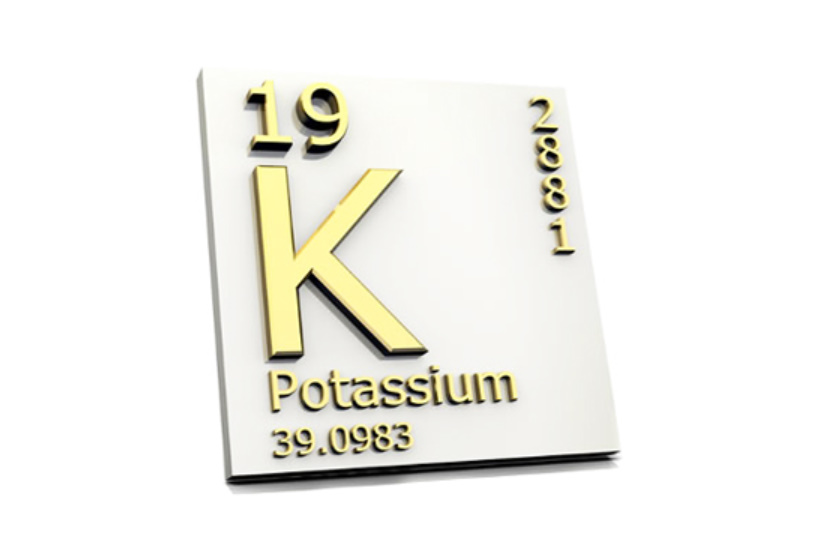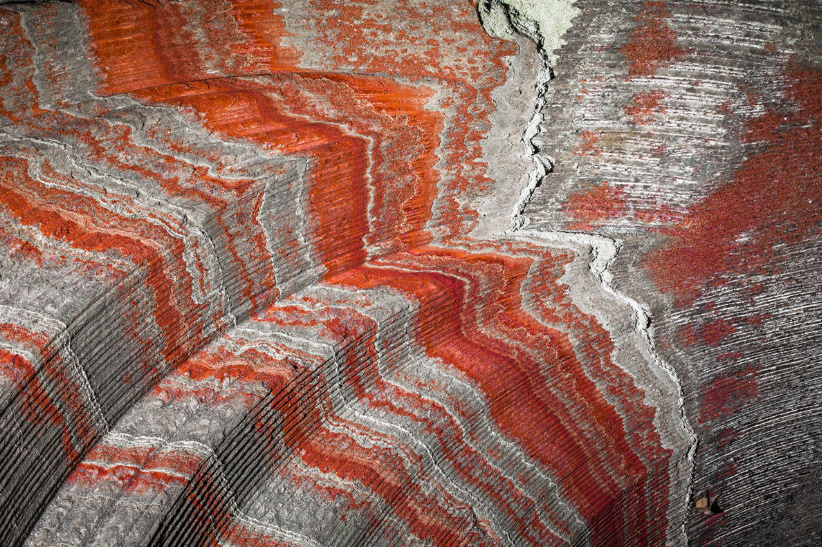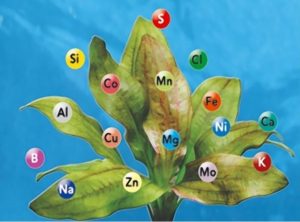
Whatever the adherents of organic farming think about mineral fertilizers, but their acquisition has saved more lives than chlorination of water, vaccines against tetanus, measles, malaria, smallpox, the discovery of penicillin and other scientific breakthroughs in medicine combined. Since the beginning of the last century, 2.7 billion people on the planet have not died of hunger, because the amount of agricultural products produced has increased, thanks to the use of mineral fertilizers (according to the Yara International ASA concern (Norway)). And especially potash.
Nitrogen can be easily obtained from organic matter, a by—product of animal husbandry. But potassium in ionic form in the soil is not enough, since it reacts too easily and binds to other elements. And so far, chemists have not been able to detect a single organic compound containing potassium in a form easily assimilated by plants. And to provide cultivated plants with this archived element, one cannot do with ash alone.
The third archived element
Potassium, along with nitrogen and phosphorus, is part of the triad (N-P-K) of vital nutrients of plant organisms. For the first time, the conclusion that this element is especially important for plants was made by the Swiss biologist Nicolas-Theodore de Saussure in 1804.
The founder of the doctrine of mineral nutrition of plants, the German chemist Justus von Liebig, pointed out the need for the use of potash fertilizers. And Prince Friedrich zu Salm-Horstmar experimentally proved that “plants are in desperate need of potassium.” He wrote to his friend: “My attempts to replace it with similar elements were in vain.”

Potassium is part of almost two hundred plus enzymes involved in the main metabolic processes in the plant body. It is present in any cell from the tip of the root to the pollen grain.
The role of potassium in plant life and economy
Potassium is one of the main participants in a variety of physiological processes:
- regulates photosynthesis;
- increases the outflow of carbohydrates from the leaves to other organs of the plant and the synthesis of sugars and other high-molecular compounds, which means it increases the sugar content of fruits, starchiness of tubers, the formation of pectin, cellulose, etc. Tomatoes become tastier, potatoes — more nutritious, flax fiber — longer, and cereals — more resistant to lodging and saturated with vegetable protein;
- promotes the accumulation of carbohydrates in cells, and this affects the increase in osmotic pressure, and, as a result, the plant’s resistance to drought and waterlogging increases;
- participates in the synthesis of proteins.

The use of potash fertilizers not only increases the amount of starch in potatoes or sugar in beets (which already has a positive effect on the economy), but also allows you to transport various agricultural products over long distances and successfully store it. So, 100 years ago, before the use of potash fertilizers, tropical fruits in Europe were rare and cost a lot of money, because most of the cargo of mangoes, bananas and avocados simply rotted on the way. Of course, now there are faster transport solutions and huge refrigerators, but potassium plays a significant role in obtaining fruits and vegetables of proper consumer quality.
How a person solved the problem of potassium hunger
Man has been engaged in agriculture for almost 12 millennia, but it was only by the beginning of the last century that scientists were able to understand the need to use potash fertilizers. And, imbued with the importance of this element in the life of plants, they created an organization, calling it the International Institute of Phosphorus and Potassium. Later it was transformed into the International Institute of Plant Nutrition. And this transformation of names, it seems to me, speaks for itself.
Where does potassium come from
Potassium has a high chemical activity, so it cannot be found in nature in its pure form — only in the form of salts. The same activity makes it an important chemical reagent in a wide variety of industries. Potassium is necessary in the production of soap, dyes, glass, is used in gold mining and the gas industry, in medicine (for example, the well-known potassium permanganate), is used in electroplating and soldering of non-ferrous metals, pyrotechnics and, of course, in agriculture. It is easier to name the industries where it is not required than to list all the ways of using it.

In former times, the main source of potassium salts was potassium carbonate (K₂CO₃). In English, Polish, French, Portuguese, Spanish, potassium is still called potassium. Potash was obtained from ash, and its main production was concentrated in countries rich in forests — in North America.
The first deposit of potash salt was discovered in 1851 by chance (they were looking for ordinary salt) in the north of Germany. For some time, this country became the world’s only supplier of silvinite ore — the main source of potassium.

And after 74 years in Russia, they remembered the remark of a certain cartographer about the salt found — “bitter and pink, from which the stomach hurts.” In October 1925, under the leadership of Professor Pavel Ivanovich Preobrazhensky, a deposit of potassium-magnesium salts was discovered. Today, Russia is one of the world’s largest suppliers of potash fertilizers (after Canada and Belarus).




Leave a Reply